Mixing Classes Rationale
Background
At Combs Ford Primary School, we are committed to ensuring an effective learning environment for all children.
The balance of children’s characteristics and needs in each class across a year group can have a profound impact on the progress and wellbeing of each child.
Our school has a continuous enrolment policy. As a result, we take in children throughout the year, placing them in classes where places are available. By the end of an academic year, with children joining and leaving the class, classes can become quite unbalanced in terms of gender, educational needs, language needs, personal needs, social needs, maturity and friendships.
Our strategy is to mix up the two classes across a cohort every year in order to maintain balanced classes throughout.
Reasons for Mixing Classes
Our rationale for mixing is based on the best interests of the children:
- To create opportunities for children to learn and play with a wide variety of peers.
- To develop relationships with a wider group of friends.
- To further develop children’s collaborative skills for learning.
- To enable improved social interaction and the development of social skills between different sets of children as they move up through the school.
- To ensure that classes remain balanced in response to child transfer (mobility) and changes to individual needs within each class.
- To develop a strong year group identity in a large two-form entry primary school – being part of a year group, not just a class.
- To prepare children for secondary school where they will be taught in different classes throughout the year.
Principles
- Class mixing will take place at the end of every academic year.
- The arrangements for class mixing are based on the professional judgements of Class Teachers, the Senior Leadership Team, and other school staff who know the children well.
- We will always consider what is in the best interests of the classes and the cohort as a whole when making decisions.
- We will always consider the wellbeing of children and will take into consideration existing friendship groups when we create new classes.
- The children will be asked to name three other children they may like to be in a class with. When teachers allocate children into new classes, they will ensure that each child is in a class with at least one of the children they named.
Process
- Class Teachers meet together to plan new classes to ensure that a good balance of friendships, range of educational, social and personal needs, gender and maturity are represented in each class.
- Class Teachers consider the list of friends that children have nominated.
- New class groupings are trialled to ensure that they work effectively.
- Senior Leadership Team meet with Class Teachers to discuss and finalise groupings.
- Senior Leadership Team meet and approve classes.
- New classes are shared with families and children in July when the end of year reports are published.
- Once class lists have been published, changes will not be possible as this would make the process unmanageable. The new class lists will be based on the professional judgements of our team, with the best interests of our children at heart.
Criteria for Class Mixing
Classes will be mixed to achieve a good balance according to the following criteria:
- Term of birth;
- Gender;
- Attainment levels;
- Range of special educational and learning support needs;
- Social and personal needs
- Friendships*
*Friendships: Over the course of their Primary years, children will have a range of friendship experiences. We find that with children some friendships can be very fluid, whilst others can stand the test of time. Taking this into account, when we draw up the class lists, we will consider the children’s relationships with their peers both in the classroom and in the playground and the children’s list of children they have named.
Twins or Siblings in the Same Year Group
We do not have a blanket policy about separating or keeping twins or siblings in the same year group together. Every family is different and we consider children as individuals. We will work with families to make the best decision for each child and recognise that this may change as children grow older.
